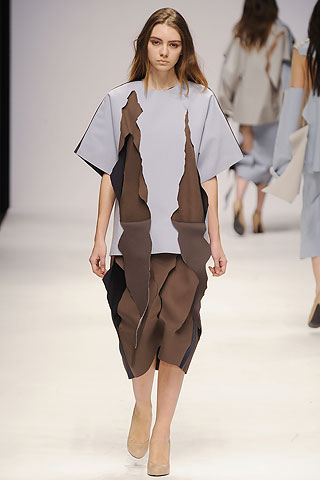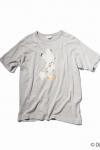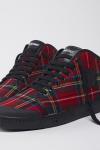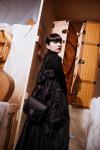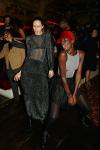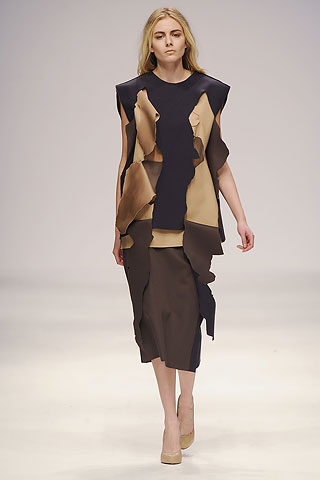
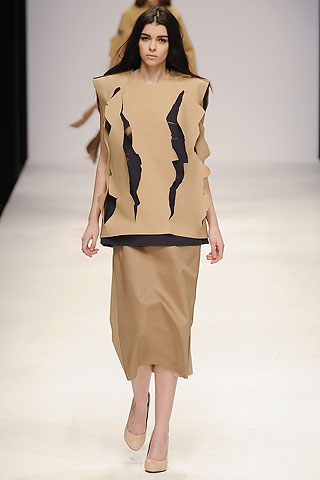


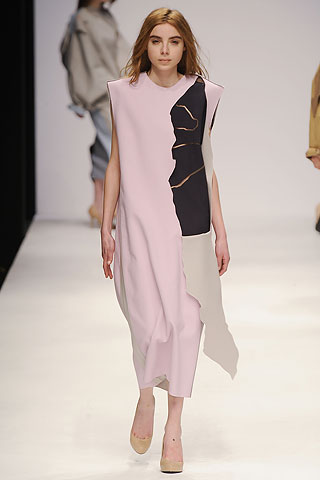
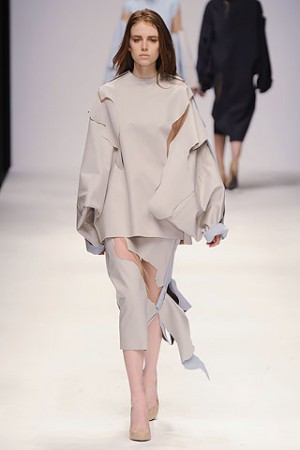 “Fashion to me is the medium in which I feel the most confident expressing a personal idea.”
“Fashion to me is the medium in which I feel the most confident expressing a personal idea.”
-Tell us little bit about you ( where you base, born, education, background)
I was born and raised in Pittsburgh, Pennsylvania where I lived until the end of high school, at which point I moved to New York City to attend FIT. After my BA, I worked in Manhattan for a year and worked as a freelancer for various design houses. I then moved to London to attend a postgraduate course at Central Saint Martins, and then the MA the following year. I am currently based in London and have been for the past 3 years.
-Can you explain about your graduate collection?
My graduate collection was based on a collaboration between Elsa Schiaparelli and Salvador Dali in which they produced a dress with simulated tears in the fabric. Schiaparelli used a technique where she backed the torn holes with a contrasting crepe while leaving the torn section hanging from the dress like a stylized fringe.
-Tell us a little bit about FIT and MA at CSM? What was it like studying there? Is there any difference between two schools?
FIT was a very practical design course, focusing more on the technical aspects of construction while the MA at St. Martins was an intense immersion into a sort of personal creativity. Central St. Martins was always a goal of mine, and it conditioned me to research and design in a more focused way, instead of just throwing a bunch of ideas on paper and hoping one would stick. But, without the building blocks provided by FIT, I don’t think I would have been able to fully realize my MA collection, so I think both schools have their own set of benefits, depending on what you want to get out of them.
-What do you place the most emphasis on in fashion design?
A strong collection of research and a designer’s ability to extract the boldest aspects from that research is the most essential part of designing a collection because it sets the foundation on which all other parts of the design process are informed.
-What are the sources of inspiration in your fashion design?
My personal sources of inspiration vary, but usually start with both book and magazine research, along with the development of a textile technique, whether it be a fabric manipulation or the bonding together of two disparate textures in order to produce a textile with a unique hand or weight. From there it’s a decision of silhouette, which is also informed by research and experimental toiling in flat pattern.
-Is there any designers or artists that had a strong influence of your work?
Martin Margiela and Raf Simons have been a constant influence in my work, along with Kostas Murkudis and the now defunct Cloak label.
-Did you become a designer by accident or was it something that you always wanted?
It was by accident. I got into Hip Hop when I was young, which later led into an interest in fashion. I knew I wanted do something creative, so it was either fashion or fine arts. I decided on fashion because I couldn’t see a real career path for myself, since I had no real skill that warranted my ability to become an artist.
-What is your opinion on British fashion?
To me, British fashion is more independent and fearless, with a braver group of designers who aren’t scared to push the boundaries of what is considered to be good taste.
-What are the difficulties faced being a designer today?
I think the biggest problem faced as a young designer today is cash flow, since most designers want to stay independent and own majority stakes in their company, making it harder for them to secure funds for costs such as production and execution of a runway show or presentation.
-How would you describe your own personal style?
My personal style usually consists of black jeans and a t shirt. Nothing too complicated.
-What does “Fashion” mean to you?
Fashion to me is the medium in which I feel the most confident expressing a personal idea.
-What is your vision for the future?
I’d like to keep designing whether it be for myself or a label I believe in.

